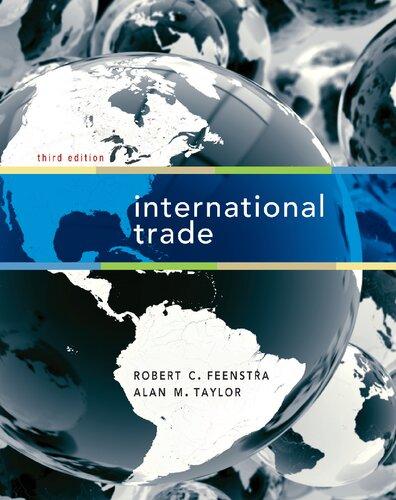Consider the following variation of Table 11-1 for the U.S. semiconductor market: U.S. TARIFF 0% 10% 20%
Question:
Consider the following variation of Table 11-1 for the U.S. semiconductor market: U.S. TARIFF 0% 10% 20% From Canada, $46 $W $55.2 before NAFTA From Asia, $42 $X $Y before NAFTA From Canada, $46 $Z $Z after NAFTA From Asia, $42 $X $Y after NAFTA From the $47 $47 $47 United States
a. Fill in the values for W, X, Y, and Z.
b. Suppose that before NAFTA, the United States had a 20% tariff on imported semiconductors. Which country supplied the U.S. market? Is it the lowest-cost producer? PROBLEMS 408 Part 4 n International Trade Policies
c. After NAFTA, who supplies the U.S. market? Has either trade creation or diversion occurred because of NAFTA? Explain.
d. Now suppose that before NAFTA, the United States had a 10% tariff on imported semiconductors. Then repeat parts
(b) and (c).
e. In addition to the assumptions made in (d), consider the effect of an increase in high-technology investment in Canada due to NAFTA, allowing Canadian firms to develop better technology. As a result, three years after the initiation of NAFTA, Canadian firms can begin to sell their products to the United States for $46. What happens to the U.S. trade pattern three years after NAFTA? Has either trade creation or diversion occurred because of NAFTA? Explain.
Step by Step Answer:







